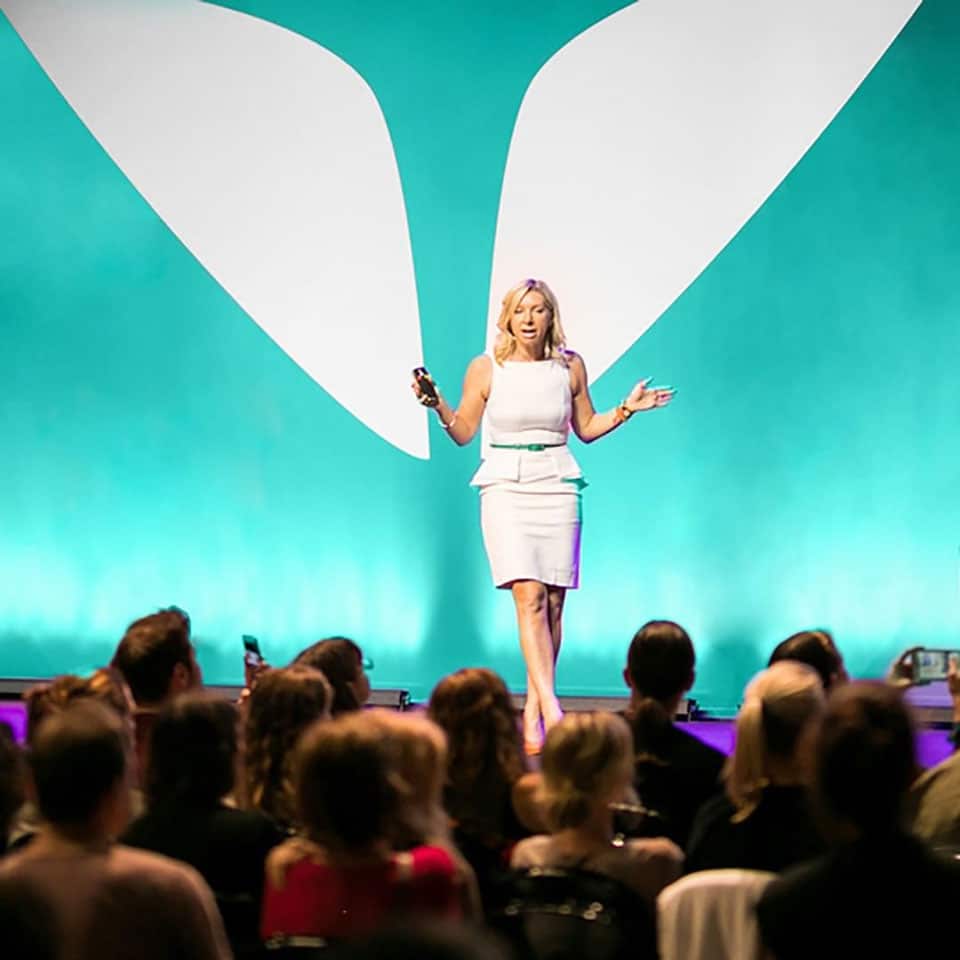How to create a people-first culture that retains talent

If there’s one thing businesses and romantic relationships have in common, it’s this: both need to prioritise the needs of the other person in the equation to make it work. While showering a significant other with gifts and compliments can be a great start, it takes more than that to build a strong and sustainable relationship. The same goes for the relationship between employers and employees. As discovered by Gartner, offering attractive perks and incentives is not enough to retain top talent in the post pandemic world. Companies need to focus on creating a people-first culture that fosters engagement and increases psychological safety to earn loyalty.
To help organisations build a people-first culture that retains top talent we have developed a 7-step framework that draws on a range of sources, including Tony Robbins’ six human needs, Maslow’s hierarchy of needs, two years of studying flow and peak performance with the Flow Research Collective, and two decades of experience in recruitment and culture consulting. Through this combination of research and observation, we have identified seven human needs that are essential for peak-performance employees:
- Wellbeing: The Foundation of Any Relationship
Wellbeing is the foundation of any relationship. We cannot be the best version of ourselves when we are sick, slow and sad. So as a leader, it’s crucial to prioritise employees’ physical and mental health by creating a team culture that encourages and cultivates wellness. This can be achieved by implementing simple yet effective habits such as making one-on-one meetings “Walk and Talks,” and focusing on promoting healthy habits within business culture. A healthy and content workforce is a productive workforce. - Connection: The Key to Engagement
Connection is key to engagement. Employees need to feel connected to their colleagues and to the company. A Gallup Study found that employees that have a ‘best friend’ at work are 7 times more engaged and see 81% less absenteeism than those who do not feel they have friend like relationships in the workplace. An easy way we can implement this is by starting every meeting with a question that gets your team to share something about who they are as a person outside of work. This not only helps build connections but also fosters a sense of community and belonging. - Clarity and Certainty: The Building Blocks of Trust
Having a clear understanding of what “done” looks like and providing transparent and constructive feedback can greatly improve an employee’s experience and even create a sense of safety and trust within the workplace. As Vulnerability and Leadership Researcher Brené Brown states, “Clarity is kindness, and being unclear is unkind.” When employees are aware of what is expected of them and receive genuine feedback, they feel safe which leads to better problem solving and creativity. - Significance: Recogniing the Value of Your Employees
Making someone feel significant is crucial for keeping them engaged. We can do this by leaning on connection exercises to ask genuine questions about the things that matter to them. Show them that they are being seen in the workplace. Celebrate not only their work contributions but also any milestones that are important to them. We need to demonstrate that we value them and their impact on the team. - Challenge: Striking the Right Balance
Challenge equals growth, but it’s essential to strike a balance. To help our teams achieve their full potential we must provide opportunities for growth and learning while ensuring the balance between skills and challenge is just right. This leads to a state of flow, resulting in a 500% increase in productivity, as reported by the 10-year Study by McKinsey & Company on 5,000 executives. Providing the right level of challenge can help employees feel engaged and motivated, while also helping them grow and develop their skills. - Future Vision: Understanding Your Employees’ Goals
Connecting with direct reports to understand their vision for both their personal and professional futures is critical. This can help them see how their work contributes to reaching these goals, providing them with a sense of purpose and intrinsic motivation. When people run out of the future, they run out of motivation. - Happiness : Happy People Don’t Swipe Right
Let’s be real, if your team is happy and fulfilled, they won’t be scrolling LinkedIn looking for a new employer. Just like in relationships, engagement is key. And what’s the key to engagement? Well, according to a study by the University of Warwick, it’s happiness! If we want to keep your employees around, give them a reason to be happy at work. After all, no one wants to be stuck in a bad “working relationship.”
To create a sustainable and long-lasting working relationship, businesses need to focus on the key elements that make it work. Prioritising each other’s needs, fostering a sense of connection and belonging, building trust, recognising each other’s value, providing growth opportunities, understanding each other’s goals, and making each other happy are crucial ingredients for a happy and productive workforce.
Written by Jade Green.
Have you read?
Wealthiest Sports Owners in the World?
World’s Richest Actors And Their Net Worth.
World Richest Tennis Players And Their Net Worth.
Richest NFL (National Football League) Players.
Top CEOs in Singapore, 2023.
Ready to join the CEOWORLD magazine Executive Council– Find out if you are eligible to apply.
Bring the best of the CEOWORLD magazine's global journalism to audiences in the United States and around the world. - Add CEOWORLD magazine to your Google News feed.
Follow CEOWORLD magazine headlines on: Google News, LinkedIn, Twitter, and Facebook.
Copyright 2025 The CEOWORLD magazine. All rights reserved. This material (and any extract from it) must not be copied, redistributed or placed on any website, without CEOWORLD magazine' prior written consent. For media queries, please contact: info@ceoworld.biz








